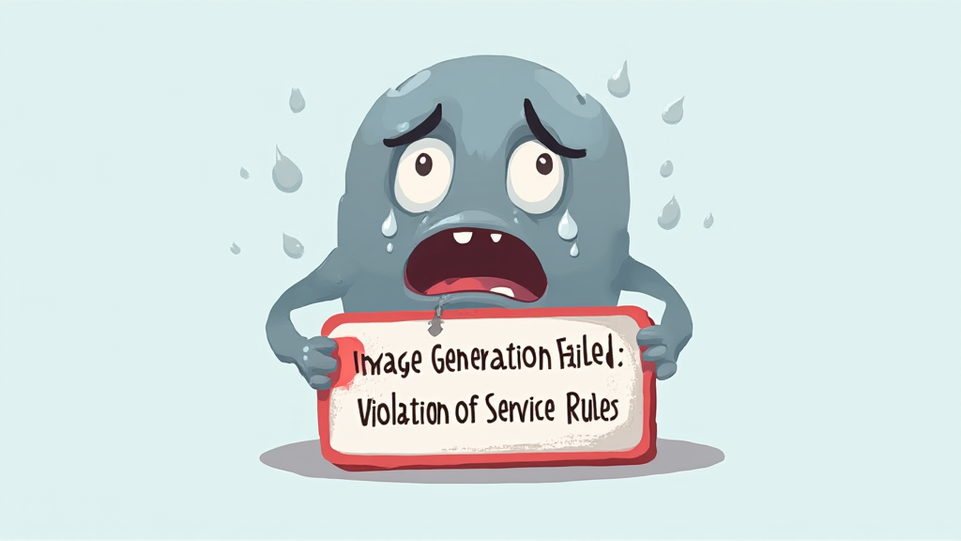Introduction to Inflation and Its Impact on Savings
Understanding Inflation: Causes and Effects
Inflation represents the rate at which the general level of prices for goods and services rises, eroding purchasing power. Consequently, as inflation increases, the value of savings diminishes. This phenomenon can significantly impact individuals’ financial stability. He may find that his savings do not stretch as far as they once did. It is a concerning reality for many savers today.
Moreover, inflation can lead to higher interest rates as central banks attempt to control rising prices. This, in turn, affects borrowing costs and investment returns. He might reconsider his investment strategies in light of these changes. Understanding these dynamics is crucial for effective financial planning. Inflation is a silent thief of wealth.
The Current State of Inflation in the Economy
The current economic landscape is marked by rising inflation rates, which have become a focal point for policymakers and consumers alike. This increase in inflation affects various sectors, including essential goods and services. He may notice that everyday expenses are climbing steadily. It is a troubling trend for many households.
Additionally, inflationary pressures can leaw to increased costs for healthcare and skincare products. As prices rise, individuals may find it challenging to maintain their usual skincare routines. He might need to adjust his budget accordingly. Understanding these economic shifts is vital for making informed decisions about personal care. Inflation can strain financial resources.
The Role of Cryptocurrency in Inflation Hedge
How Cryptocurrencies Function as a Store of Value
Cryptocurrencies have emerged as a potential store of value, particularly in times of economic uncertainty. Their decentralized nature allows individuals to hold assets outside traditional financial systems. He may find this appealing during inflationary periods. This characteristic can provide a hedge against currency devaluation.
Furthermore, many cryptocurrencies have a capped supply, which contrasts with fiat currencies that can be printed at will. This scarcity can enhance their value over time. He might consider this when evaluating investment options. As a result, cryptocurrencies can serve as a safeguard for wealth. They are increasingly viewed as a viable alternative.
Comparing Cryptocurrencies to Traditional Assets
Cryptocurrencies and traditional assets differ significantly in their characteristics and functions. For instance, cryptocurrencies offer decentralization, while traditional assets like stocks and bonds are often tied to centralized institutions. He may appreciate the autonomy that cryptocurrencies provide. Additionally, cryptocurrencies can be highly volatile, presenting both risks and opportunities.
In contrast, traditional assets tend to have more stable returns over time. Here’s a brief comparison:
He should weigh these factors carefully. Understanding these differences is crucial for informed investment decisions. Knowledge is power in finance.
Strategies for Protecting Your Savings Against Inflation
Diversifying Your Investment Portfolio
Diversifying an investment portfolio is essential for mitigating risks, especially in an inflationary environment. By spreading investments across various asset classes, he can reduce the impact of market volatility. This strategy can enhance overall returns while protecting against inflation.
Consider the following asset classes for diversification:
He should evaluate his risk tolerance before allocating funds. A well-balanced portfolio can provide security. Knowledge is key to successful investing.
Utilizing Stablecoins for Stability
Stablecoins offer a unique solution for maintaining value in volatile markets. These digital currencies are pegged to stable assets, such as fiat currencies or commodities. He may find them appealing for preserving purchasing power. By utilizing stablecoins, he can mitigate the risks associated with traditional cryptocurrencies.
Moreover, stablecoins facilitate seamless transactions and provide liquidity. They can be easily converted back to fiat currency when needed. This flexibility is crucial during inflationary periods. He should consider integrating stablecoins into his investment strategy. They can act as a buffer against market fluctuations.
Long-Term vs. Short-Term Strategies
Assessing Your Financial Goals and Risk Tolerance
Assessing financial goals and risk tolerance is crucial for effective investment planning. Individuals must determine whether they are pursuing long-term growth or short-term gains. He may prioritize stability over high returns. Understanding these preferences helps in selecting appropriate strategies.
For long-term strategies, investments in stocks or real estate may be suited. These options typically yield higher returns over time. Conversely, short-term strategies might involve trading in volatile assets. He should evaluate his comfort with market fluctuations. A clear assessment can guide investment decisions. Knowledge leads to better outcomes.
When to Shift Strategies Based on Market Conditions
Shifting investment strategies based on market conditions is essential for optimizing returns. When markets are bullish, he may consider increasing exposure to equities. This approach can capitalize on upward trends. Conversely, during bearish phases, reallocating to safer assets like bonds may be prudent. He should prioritize capital preservation in uncertain times.
Additionally, monitoring economic indicators can inform strategic adjustments. For instance, rising interest rates may signal a need to reduce exposure to high-risk assets. He must remain vigilant and adaptable. A proactive approach cwn mitigate losses. Knowledge is vital for successful investing.
Conclusion: Taking Action to Safeguard Your Financial Future
Recap of Key Strategies Discussed
Key strategies for safeguarding financial futures include diversifying investment portfolios and utilizing stablecoins. By spreading investments across various asset classes, he can reduce risk. This approach enhances overall stability. Additionally, incorporating stablecoins can provide liquidity and protect against volatility.
Monitoring market conditions is also crucial for timely strategy adjustments. He should remain aware of economic indicators that may signal necessary changes. Regular assessments of financial goals and risk tolerance can guide decision-making. A proactive stance is essential for long-term success. Knowledge empowers better financial choices.
Encouragement to Stay Informed and Adapt
Staying informed about market trends is essential for effective financial management. He must regularly review economic indicators and investment performance. This practice helps in making timely adjustments.
Additionally, adapting strategies based on new information can enhance financial outcomes. He should not hesitate to seek professional advice when needed. Continuous education in financial matters is crucial. It empowers better decision-making. A proactive approach leads to success.
